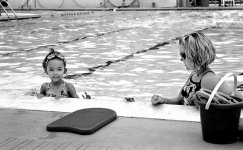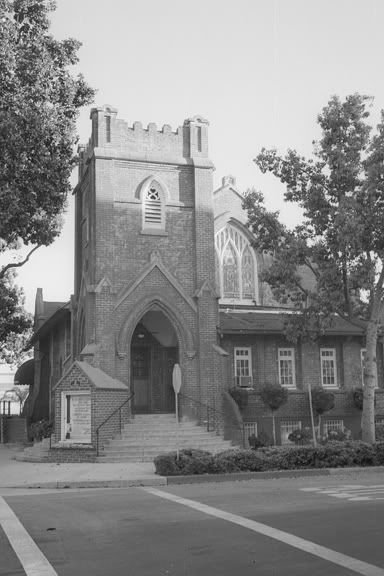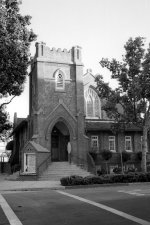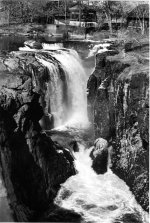RdEoSg
Well-known
Well. I've taken my second roll of film in my new M6 and all I can say is this is strike 2 for the film. I am in no way happy with the sharpness of it! It used to look amazing in my Contax when it was printed using a wet process, but I can't get a good scan to save my life!!! It's muted, blocked up, unsharp etc.
I was hoping to get away with using it instead of paying more to have Tmax 100 processed since the labs are becoming few and far between but I guess I am going to just have to start doing it. I suppose I could process it myself. It wouldn't be that many rolls in reality! I just don't have a spot to hang the negs to dry and I am not sure the rest of the family will appreciate me developing my film in the kitchen!
I supose I don't have a question in this do I... Anyone with a comment? :bang:
I was hoping to get away with using it instead of paying more to have Tmax 100 processed since the labs are becoming few and far between but I guess I am going to just have to start doing it. I suppose I could process it myself. It wouldn't be that many rolls in reality! I just don't have a spot to hang the negs to dry and I am not sure the rest of the family will appreciate me developing my film in the kitchen!
I supose I don't have a question in this do I... Anyone with a comment? :bang:







